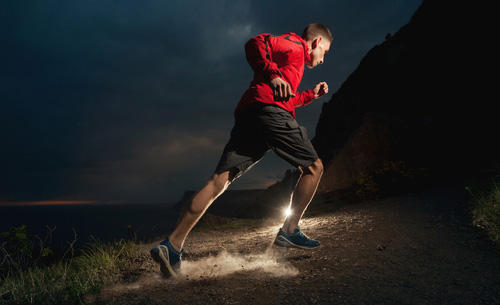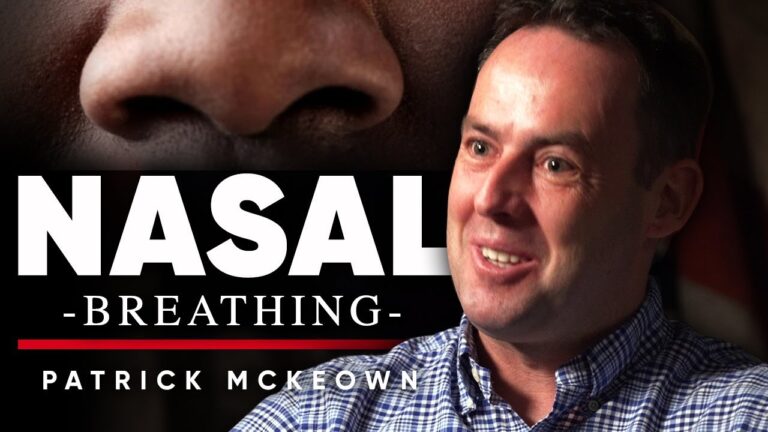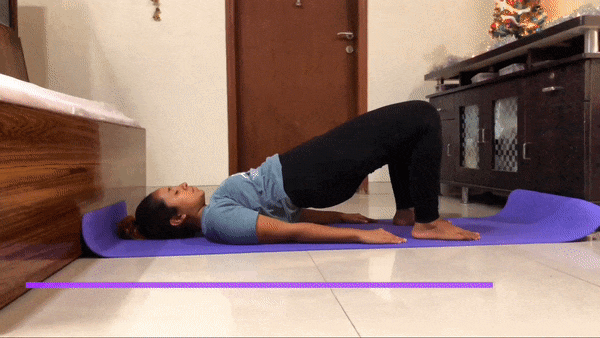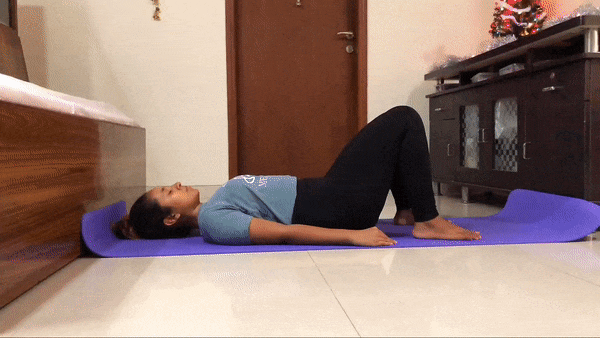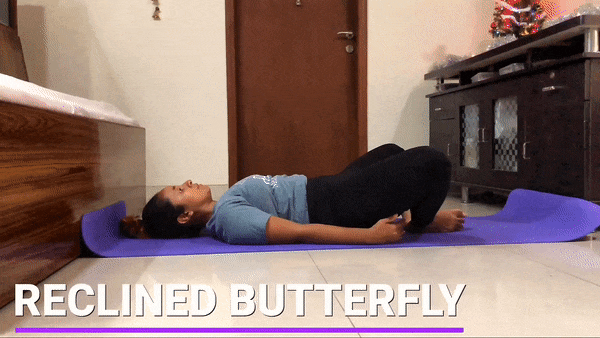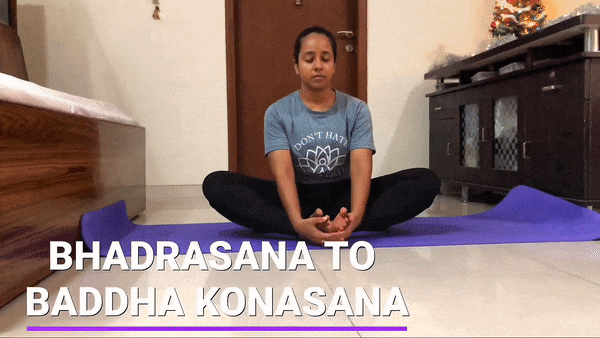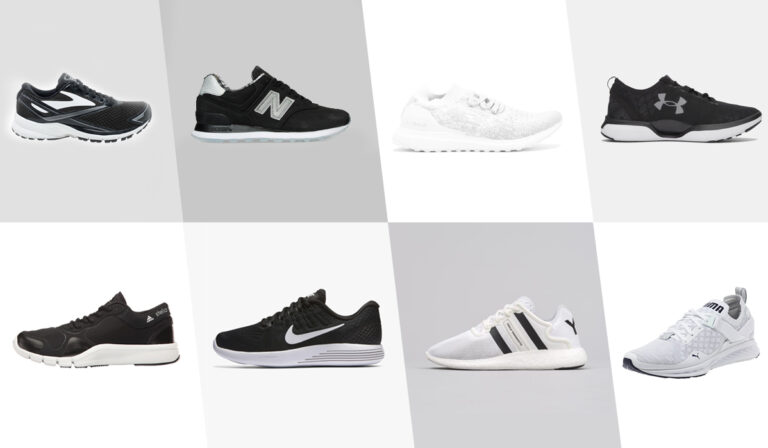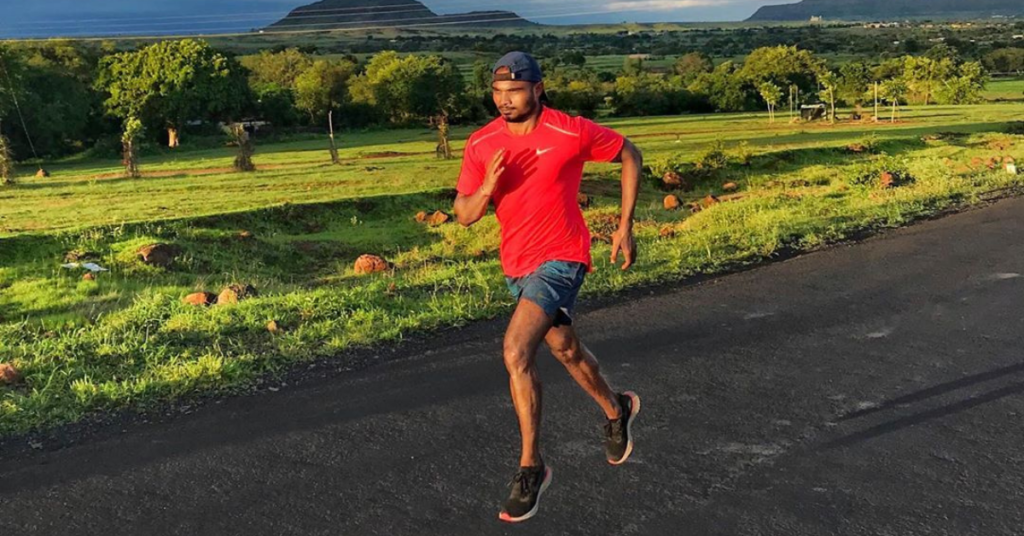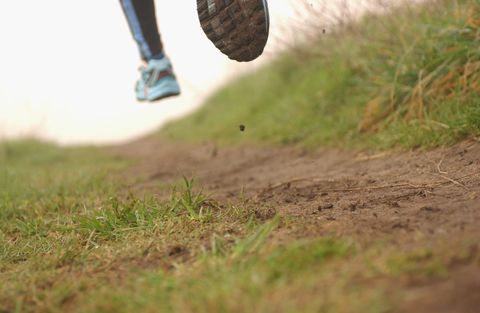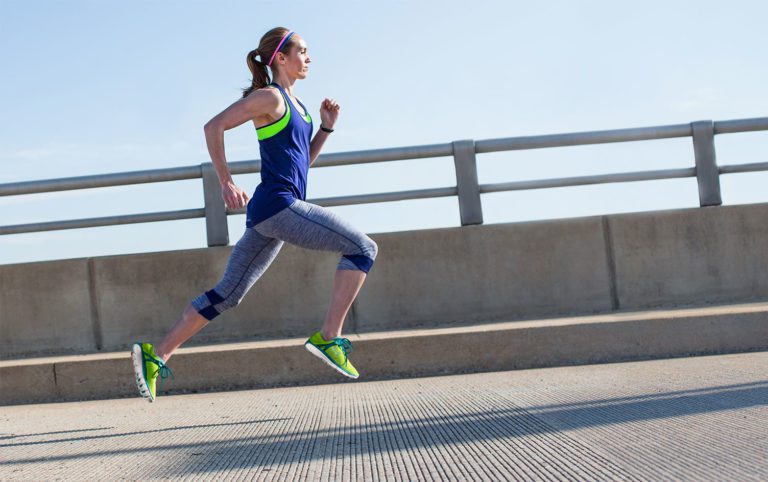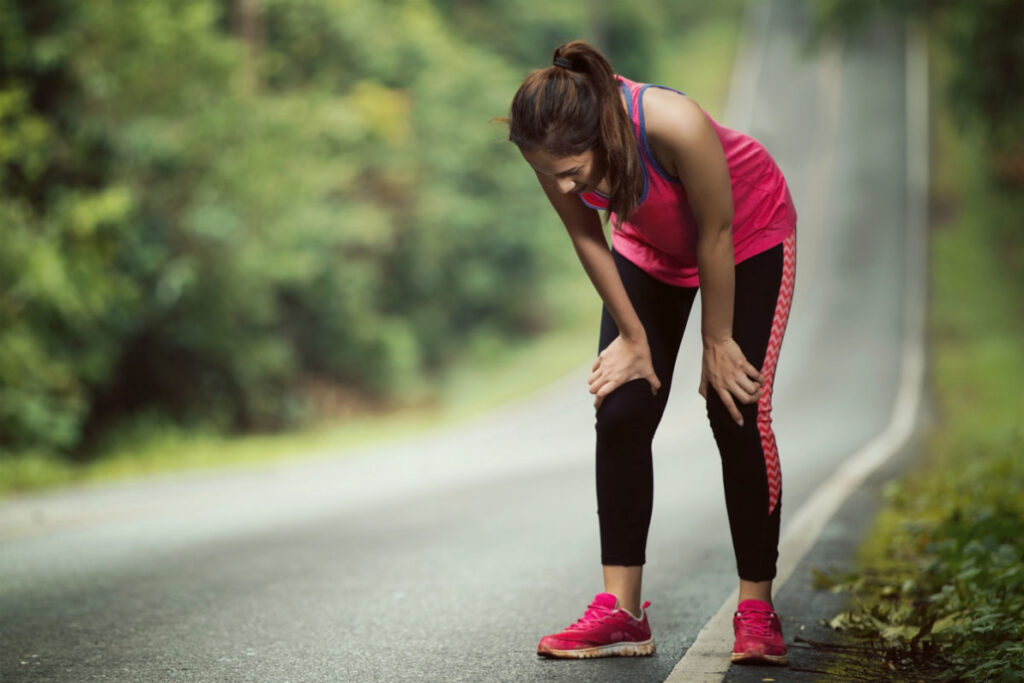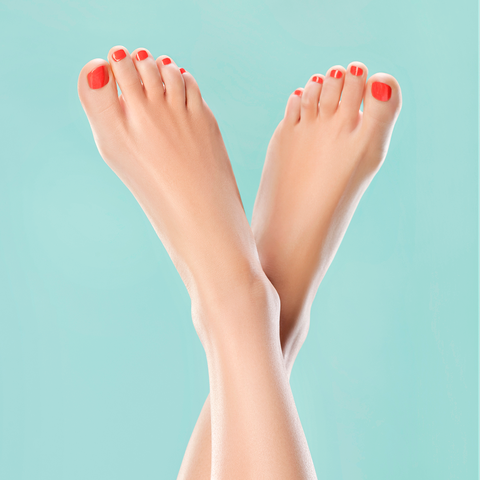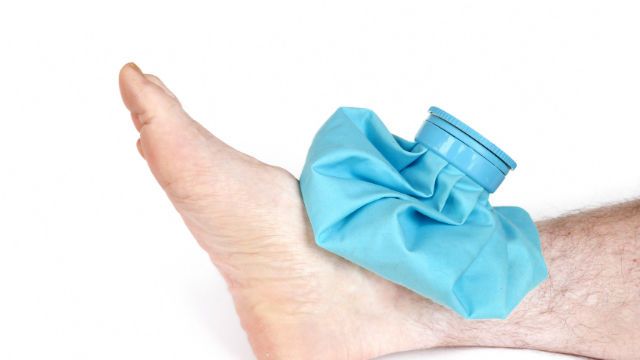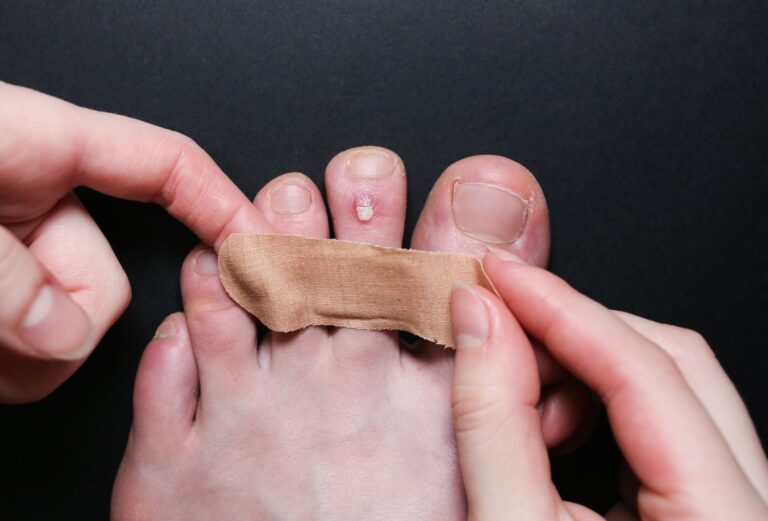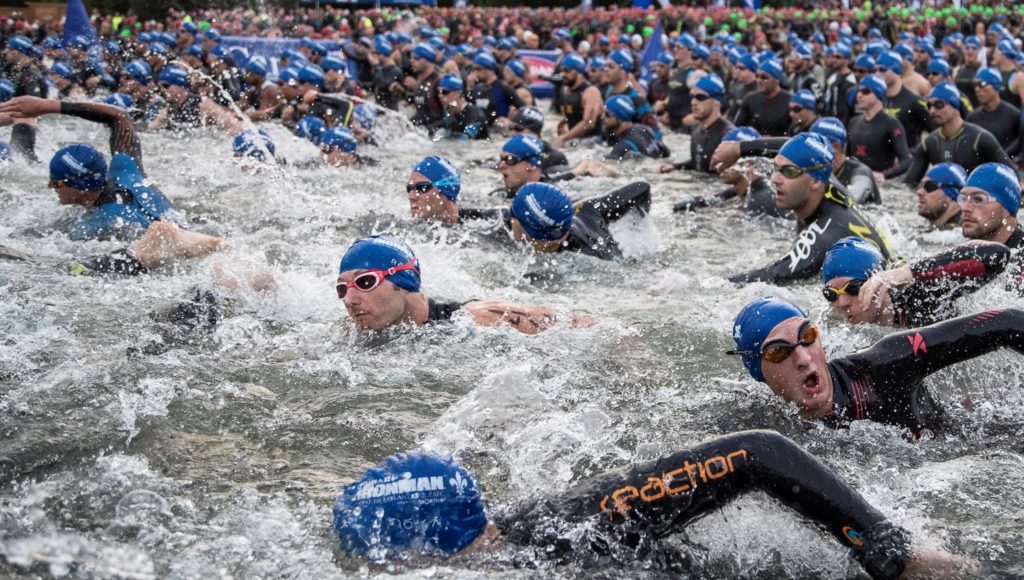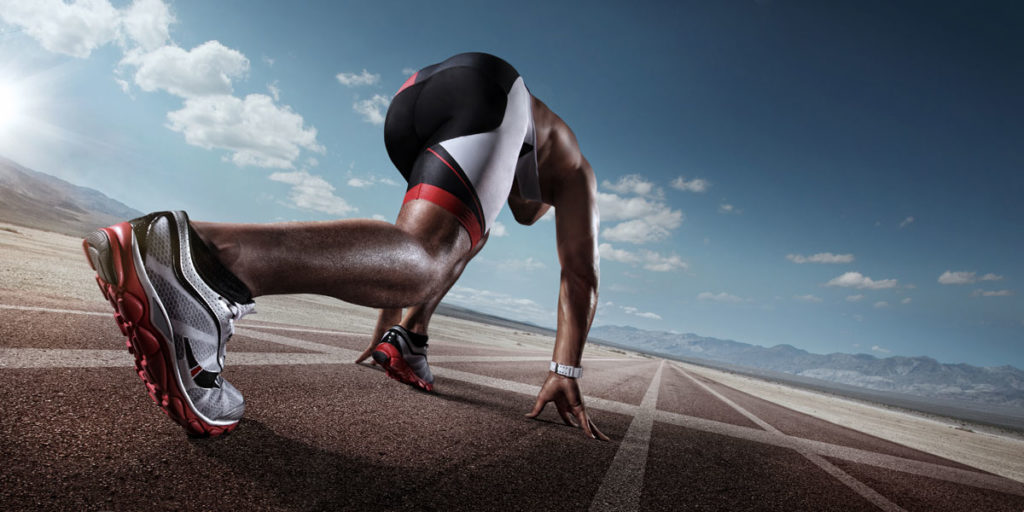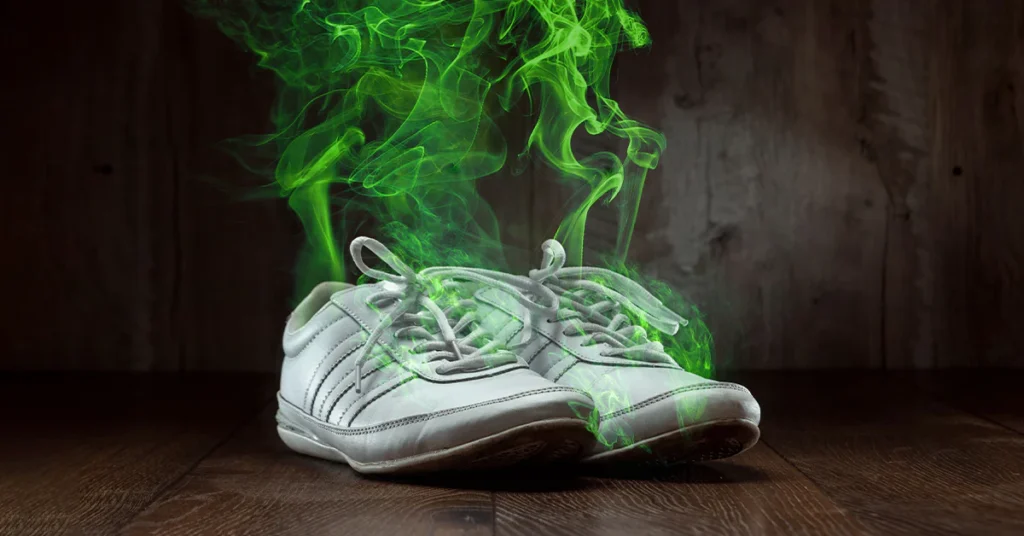How to Recover after a Marathon – marathon recovery
According to race directors, a marathon is 26.2 miles/42.2 Km. According to runners, the journey is much much longer. It begins months or even years before as a runner decides to pursue this bucket list item. And it continues days and weeks after as the marathoner puts their body and mind back together. We’re going to focus on first hour, day, week, and month after the marathon to help you recover and get running again.
27th Mile
Even if your ride home is right at the finish line of the race, you are not done moving yet. Instead, you are on what Higdon (n.d.) called the 27 th mile of your marathon. It is important to keep moving rather than coming to a complete stop. By walking for the 10 to 15 minutes after the race, you help gradually bring your heart rate down and improve recovery beginning with those first post-race moments (Hadfield, 2021). Also, take that banana that they are offering at the finish line. You might not want it, but your body needs it.
First Hour
During the first hour after the marathon, a lot will be happening around you so focus on what you want and need. Cool down with some light movement and easy stretches (Fitzgerald, n.d.). And take in some easy carbohydrates and protein. I always finish a race craving pretzels for the carbs and salts, so I stash some with my change of clothes for guaranteed satisfaction. And that change of clothes is important too. Fresh dry clothes will help with your internal body temperature and feeling more human (On, n.d.). Plus, others in the car or public transportation will really appreciate it too.
First Day
The night after a marathon might be the longest night of sleep in weeks. No morning run to worry about. No logistics to figure out. No long run to coordinate. But that doesn’t mean the day after a marathon has nothing to do. Rest is the number one priority. Along with that there should be some non-impact cross-training (like a slow swim in a pool or yoga) and a massage. Fitzgerald (n.d.) recommends that the three main steps to recovering from a marathon are about the day of the marathon, the day after the marathon, and the week after the marathon. That first day can set you up well for every day that comes next.
First Week
Although it can be tempting to get back into running the week after a marathon, it is important to give your body time to fully recover from the training and race miles you have been through. Consider this time as a reverse taper (Fitzgerald, n.d.), where you slowly rebuild miles and slowly rebuild speed back to what was normal pre-training. If you just have to get back on the roads or trails, do them at walking speeds the first week. Many running coaches recommend at least a week before going for a short run.
First Month
As your body recovers, a big focus of your first post-marathon month will be on your mind. After investing so much time and effort into marathon training, post-marathon blues are a common experience (Carter, 2018). Coach Jenny Hadfield (2021) proposes you will feel back to normal around a month after the marathon, so that is a good time to think about (or start thinking about) a 5K or 10K race. Rather than putting in the long miles again, a shorter race is the chance to see how that strength and endurance impact speed. And having a next race challenge gives you a great reason to make all those good choices for your body to be strong, healthy, and back running again.
Wrap-Up
Recovery from a marathon takes time, just like training for one. Be sure that you keep moving in the hours, days, and weeks after the race. Slow and steady. Yoga, massage, sleep, and low-impact exercise are all essential practices for getting you back on the roads. And when you’re ready (only when YOU are ready), you can decide on the next challenge you want to tackle. Just imagine how short a 5K is.
How to Recover after a Marathon – marathon recovery Read More »




